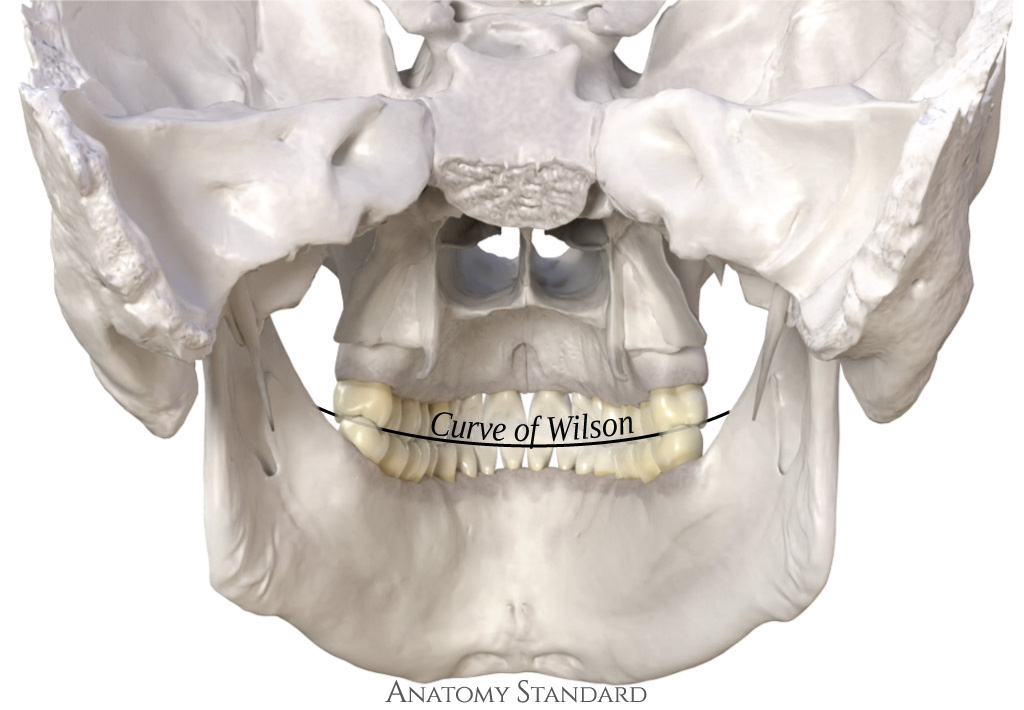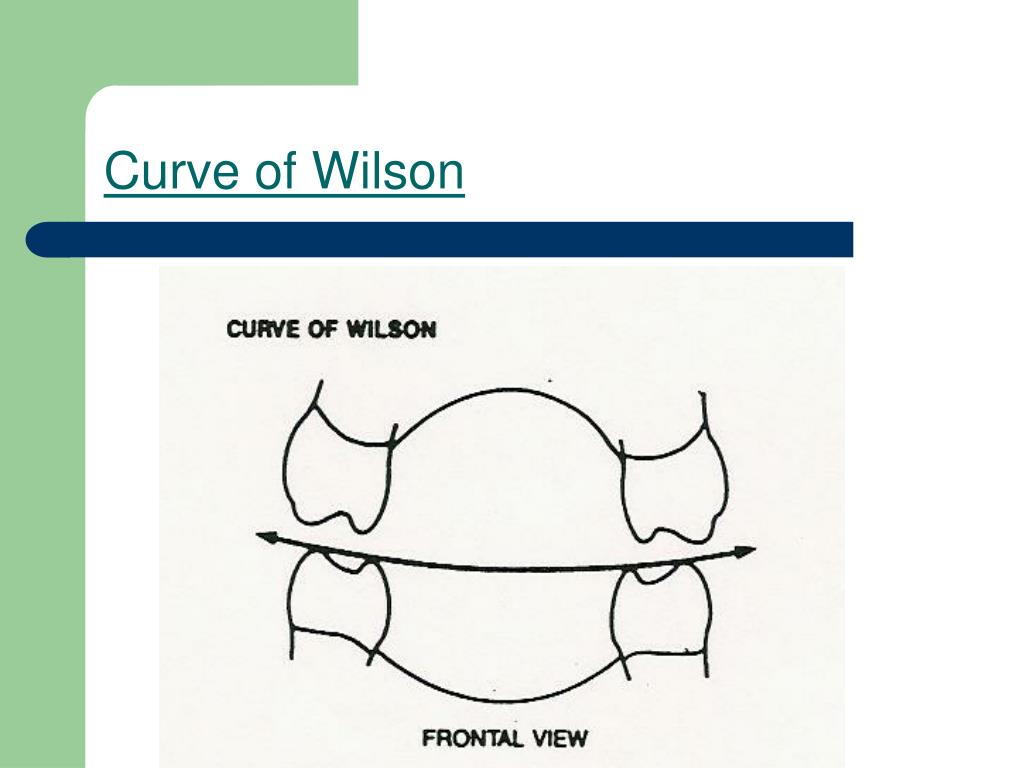Arch size was not influenced by The spee curve in the sagittal plane and the curve of wilson in the frontal plane.1. Compensatory curves like the curve of spee and curve of wilson which guide mandibular movement and provide balance.
Curve Of Spee And Curve Of Wilson Online emergencydentistry
Angulations of individual teeth which are important for withstanding forces and proper occlusal function.
The curve of wilson (cow) is a mediolateral occlusal curve of the posterior segment of the dental arch.
1, 2 its form is concave in the mandible and convex in the maxilla, and it is considered to permit ideal cuspal interdigitation and stability. It is divided into an anteroposterior curve called the curve of spee and a mediolateral curve called the curve of wilson. The curve of spee is designed to permit protrusive disocclusion of the posterior teeth by the combination of anterior guidance and condylar guidance, and the curve of wilson also permits lateral mandibular excursions free It is divided into an anteroposterior curve called the curve of spee and a mediolateral curve called the curve of wilson.
The curve of spee is designed to permit protrusive disocclusion of the posterior teeth by the combination of anterior guidance and condylar guidance, and the curve of wilson also permits lateral mandibular excursions free The curve of wilson (cow) is an important indicator for evaluating the position of buccolingual posterior cusps [6]. It is a natural curvature of the occlusal plane in the dental arch that has been suggested to impact oral function and health. Significant associations were revealed between the depth of the curve of spee cos and temporomandibular joint tmj sounds.

Furthermore, maxillary arch width was negatively correlated to the steepness of the curve of wilson.
No differences were found between subjects with and without a history of orthodontic treatment. Curve of spee with the maxillary arch convex and the mandibular arch concave. Curve of wilson with a concave curve that occurs when a frontal section is taken through each set of molars. The curve of wilson (cow) describes the posterior occlusal plane as projected on the frontal plane [1].
It has been described in the mandible and maxilla as concave and convex, respectively. Andrews [2] described the curve to be progressively steeper from the canine to 横 曲线又称wilson曲线(curve of wilson)。在上颌,由于其磨牙向颊侧倾斜,使舌尖的位置低于颊尖。因此连接双侧同名磨牙颊、舌尖,形成一条凸向下的曲线,即为上颌的横 曲线。同样,连接下颌双侧同名牙颊、舌尖所形成的曲线,称下颌的横 曲线。 The curve of wilson (cow) is an important indicator for evaluating the position of buccolingual posterior cusps [6].

It is a natural curvature of the occlusal plane
In the theory that occlusion should be spherical, the curve of spee (anteroposterior curve) and the curve of wilson (mediolateral curve) have also been described and assumed to be the part of the curve of monson while determining the normal occlusal plane in dental treatments. The curve of spee was originally proposed with a radius of 2.5 inches. The curve of wilson, on the other hand, refers to the curve observed in the coronal plane. It involves the lingual tilt of the mandibular molars and the buccal tilt of the maxillary molars.
This curve is pivotal in allowing for lateral movements of the mandible, aiding in balanced occlusion. The curve of wilson (cow) describes the posterior occlusal plane as projected on the frontal plane [1]. It has been described in the mandible and maxilla as concave and convex, respectively. Andrews [2] described the curve to be progressively steeper from the canine to the second molar.

The development of the cow is a function of both genetic and environmental factors [3].
The curve of wilson (cow) describes the posterior occlusal plane as projected on the frontal plane [1]. It has been described in the mandible and maxilla as concave and convex, respectively. Andrews [2] described the curve to be progressively steeper from the canine to the second molar. The development of the cow is a
The curve of spee, and curve of wilson in maxillary and mandibular arches and in males and females [table 3]. For group i mandibular males and females, p < 0.001‑99.9% The curve of wilson is the curvature of the occlusal plane in the mouth. It is concave for mandibular teeth and convex for maxillary teeth.

Learn more about its definition, representation and relation to curve of spee.
Learn about the curve of wilson, the curve of spee, and the anterior/posterior curve of occlusion for the maxilla and mandible. These curves affect the contact points, the tmj, and the occlusion of the teeth. Learn about the eruption schedule, growth, and alignment of the teeth and how they relate to occlusion. Find out what curve of wilson is and how it affects the vertical dimension of the teeth.
The coronal occlusal curve in the posterior dentition is called the curve of wilson. Maintaining these characteristic occlusal curves is imperative to the practice of dental implants and denture design/fitting. Bilateral balance is accomplished by achieving solid centric and arranging the denture teeth to accommodate for the curve of wilson and the curve of spee. An ideal and functional occlusal plane shows a curvilinear shape, modulated by two physiological curves: